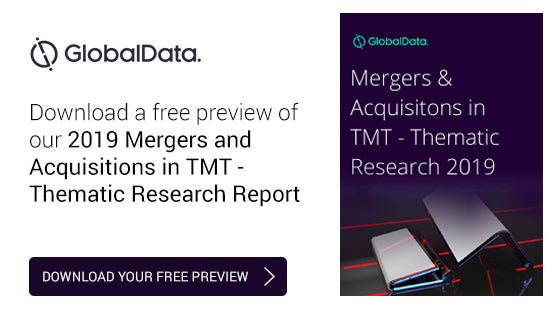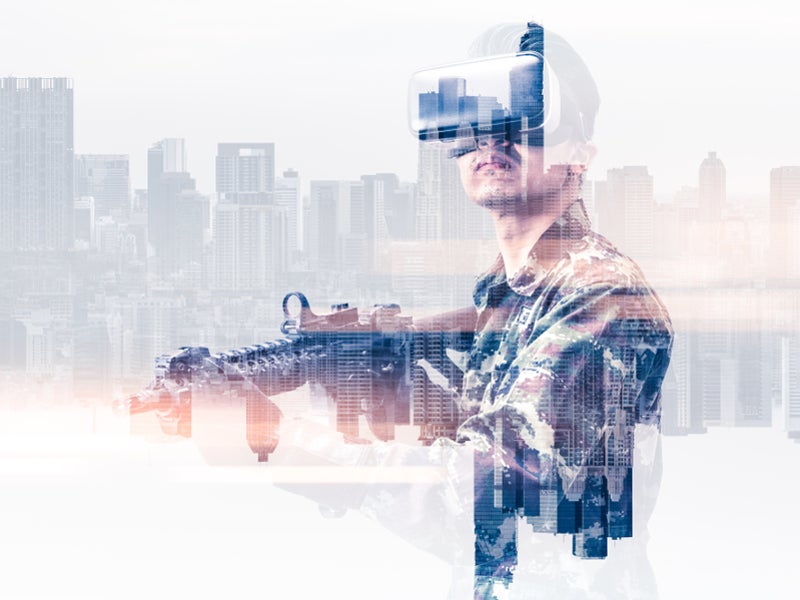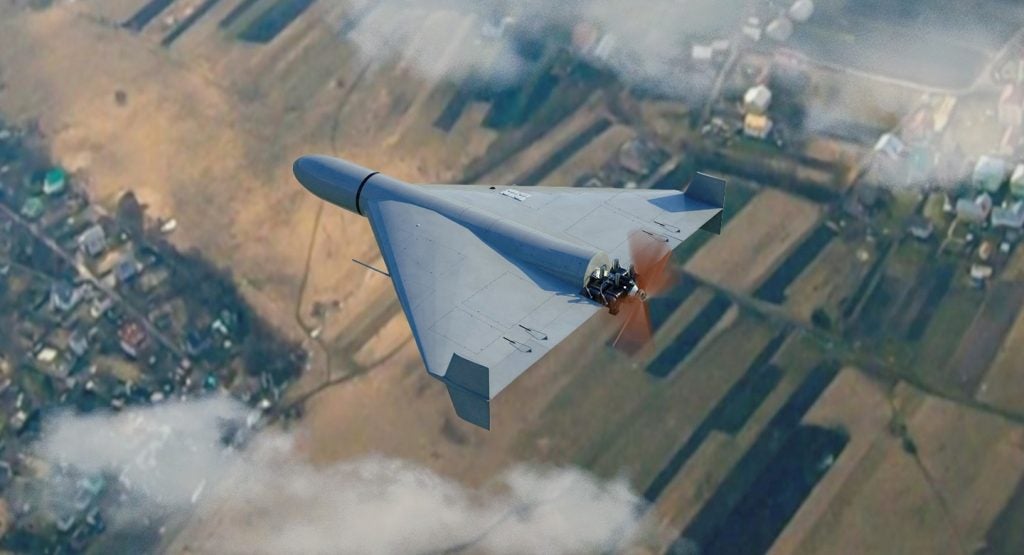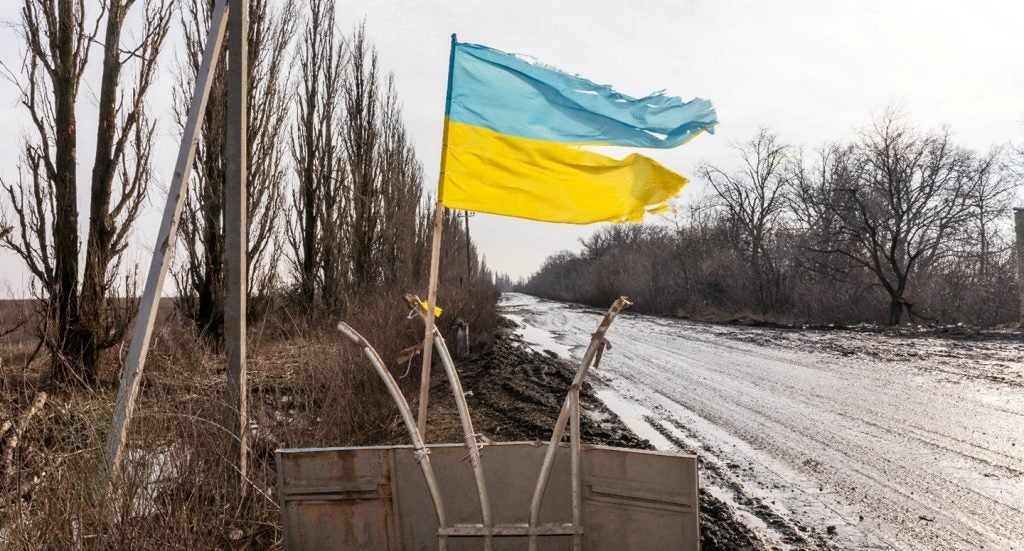The Internet of military things (IoMT) aims to take processes to a higher level by better exploiting and optimising the use of a larger volume of the collected data.
IoMT is in its early stages, as the underlying technologies that will effectively support its use in real combat scenarios, as well as the infrastructure design, are still under development.
Developing major military enablers is a long-term process. IoMT is receiving and will continue to receive R&D funding from government funds, with the aim of developing an end product, contrary to many of the civilian market IoT products and solutions.
Listed below are the leading macroeconomic trends that will impact the IoMT theme over the next 12 to 24 months, as identified by GlobalData.
Defence budgets
Defence budgets will play an important role in the rapid expansion of the IoMT. Budgets will continue to remain limited for most of the countries (except for the major powers). As many small to medium (in size, capabilities, and technological capacity) military forces put most of their focus on fire delivery platforms, someone should expect that command, control, communications, computers, and intelligence (C4I) capabilities would become a secondary priority.
Organisational culture
Military leaderships are often reluctant to adopt new technology. Deep-rooted cultures on how to command and operate thousands of soldiers and platforms are difficult to change and new integral operational procedures take time to establish.
How well do you really know your competitors?
Access the most comprehensive Company Profiles on the market, powered by GlobalData. Save hours of research. Gain competitive edge.

Thank you!
Your download email will arrive shortly
Not ready to buy yet? Download a free sample
We are confident about the unique quality of our Company Profiles. However, we want you to make the most beneficial decision for your business, so we offer a free sample that you can download by submitting the below form
By GlobalDataAlliances
Alliances or international/regional security organisations are important in establishing standards for their member-states and driving changes from top to bottom. With interoperability being a key requirement in such cases, a military organisation such as NATO can gradually help its members build the necessary infrastructure and acquire the necessary systems in joint procurements programmes that would involve groups of countries with common requirements. That would also help them to create economies of scale.
Geopolitical tensions
Tensions between major world powers are increasing. After the counter-insurgency (COIN) in Iraq and Afghanistan, the US and its allies lost their peer-to-peer capabilities (the ability to fight against opponents with similar capabilities). More specifically the war in Crimea between Ukraine and Russia, and the Chinese aggression in the Asia-Pacific region alarmed the political and military leaders of the US and their allies.
The US’ Third Offset strategy was the answer to this requirement. It is a strategy that aims to develop niche capabilities that will bring the country ahead of its competitors. IoMT, unmanned systems, and AI are some of the areas where the US and China will compete in the coming years, and are currently addressed by the Third Offset Strategy.
This is an edited extract from the Internet of Military Things – Thematic Research report produced by GlobalData Thematic Research.











Related Company Profiles
NATO